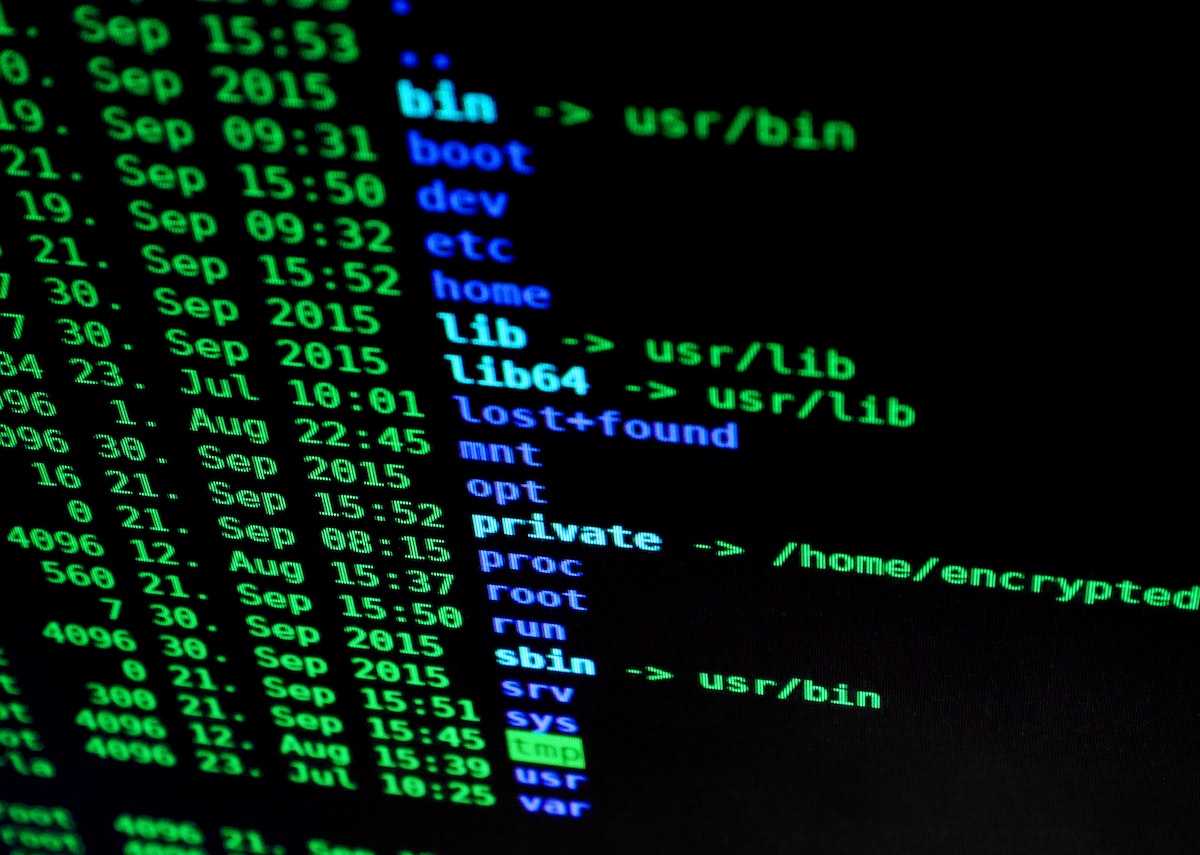What Is Data Visualization?
Share

You might already be familiar with what data visualization is if you have incorporated big data analysis into your business strategy. When you have a ton of information in the form of unorganized and unstructured data, data visualization can help to make sense of what you are viewing. Seeing raw figures and numbers may do you no good. However, using data visualization techniques can help you differentiate between relevant and unnecessary information.
What is Data Visualization?
When you see information in the form of charts, graphs, or other visual formats, it is data visualization. Simply, the representation of raw and even organized data in visuals is what people call data visualization. It helps you plot trend lines, outline patterns, and see the information in such a way that it is not difficult to comprehend. Since big data is highly popular nowadays, every business must learn the importance of data visualization to achieve efficient information processing.
You can assume that you have a list of consumers and their purchasing habits regarding several products for two months. You may go through excel sheets of this information, but it is unlikely that you will be able to see how one consumer changed their purchasing habits in comparison to another over two months. But, when you present this information in the form of charts, bar graphs, or other visual formats, it will be easier for you to review the information and see the patterns.
Whatever industry you are in, whether IT, eCommerce, manufacturing, or other, you will require data visualization even when you don’t analyze big data. Here’s why it is important.
What Makes Data Visualization Important?
Data visualization can help you make important business decisions that won’t be possible if you depend on raw data clusters and information that offer no value beforehand. The interactive visual displays of information to reveal essential details about a business, its customers, industry, market, and other businesses can help you gain a competitive edge.
Benefits of Data Visualization
- Predictive Analysis and Trends
Seeing information trends over time is helpful, especially when looking at data that is a few months or even years old. Seeking trends is significant because it allows you to make predictions based on information from the past and present. Hence, you can determine and suggest what the future outcome might be of particular business activity. You might review the sales history through data visualization and assess how the business is performing over a certain span.
- Fewer Data Complications
If you wish to look at particular metrics and variables from the big data that your business has, going towards spreadsheets and similar formats might not be comprehensible. In a sense, seeing a long list of cells filled with information doesn’t help you see how the value changes unless you really devote your time and analyze every piece of information carefully. However, that is not possible when you are running a business since you can invest only a little time in such activities.
Rather than spreading the information across a spreadsheet, you can use a data visualization format to display information. When you visualize the information through different types of charts and graphs, you can pinpoint those areas that require attention.
Conclusion
The human brain cannot make sense of all the raw information thrown at it. In fact, without portraying necessary data properly, it might be difficult for the human brain to perceive anything at all. Therefore, you have to stick to data visualization to understand and use all the data that you acquire to gain better insights and knowledge to make profitable business decisions.




